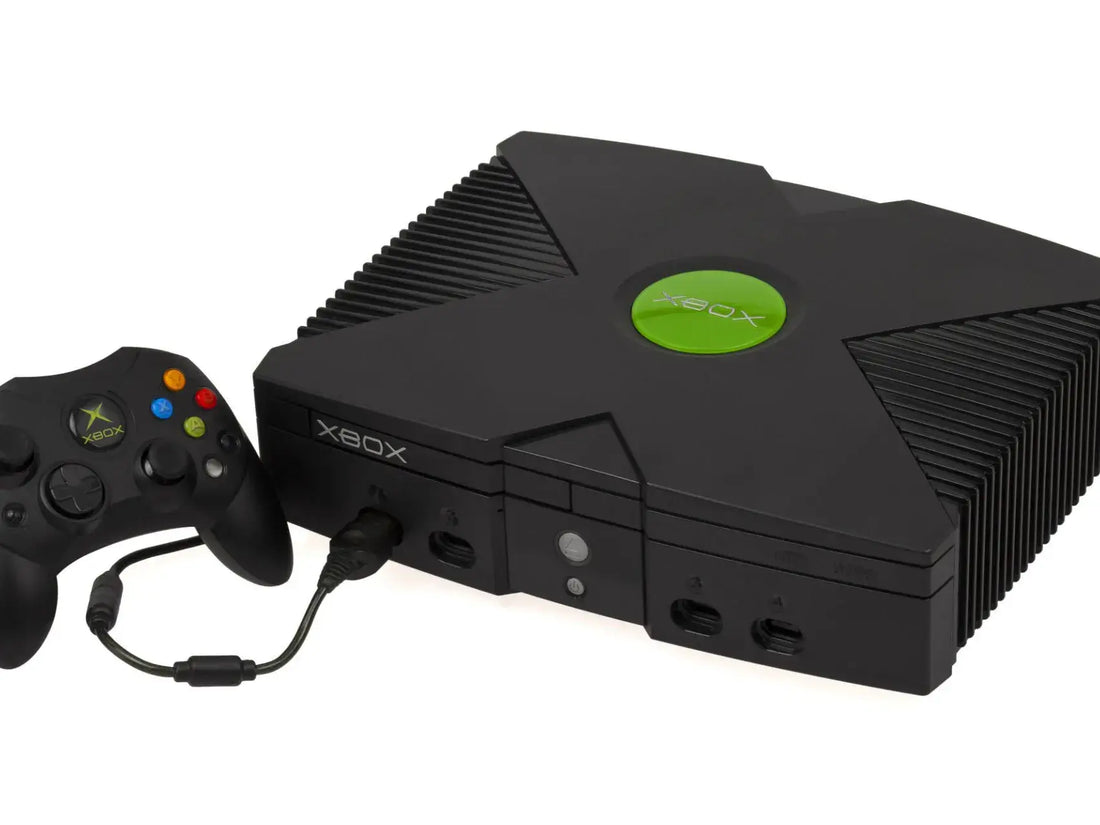In November 2001, Microsoft made a bold leap into the home console market with the release of the original Xbox. Not just another gaming console, it was an engineering marvel that combined cutting-edge technology with Microsoft's vast expertise in software development. Let's dissect the intricate components and design decisions that propelled the Xbox into gaming history.
Processor: Power and Versatility
At the heart of the Xbox was a modified 733 MHz Intel Coppermine-based Pentium III processor. Unlike traditional console processors which were optimised purely for gaming, this CPU, lifted from the PC world, provided a level of flexibility and power previously unseen in the console market.
GPU: The NV2A Collaboration
The Graphics Processing Unit (GPU) is where the magic happens in terms of visual output. Xbox partnered with Nvidia to produce the NV2A GPU. This wasn't just another graphics chip – it was an avant-garde piece of technology. The NV2A was somewhere between the GeForce 3 and 4 in terms of performance, sporting 4 pixel pipelines and 2 vertex shaders. Its architecture allowed for both programmable and fixed-function pipeline rendering – a duality that granted game developers a larger canvas to paint their visions.
Memory: Unified and Efficient
The Xbox utilised 64MB of unified DDR SDRAM. Unified memory was a significant decision. This meant there wasn’t a fixed split between GPU and CPU memory, allowing each to use what it needed dynamically. This flexibility allowed for more sophisticated game mechanics and visuals, as developers could allocate memory where it mattered most.
Audio Capabilities: The Sound of Evolution
Dedicated to audio was the MCPX sound processor, an evolution of Nvidia's nForce technology. This chip could manage up to 256 simultaneous audio channels, delivering a sound experience that complemented the visual feast. It transformed audio from mere background music to an immersive 3D soundscape.
Hard Drive Integration: A Leap Forward
A ground-breaking addition was the 8-10GB hard drive, depending on the Xbox model. Beyond just game saves, this allowed for DLC, patches, and even the ripping of CDs. It signalled a shift towards a console being more than just a game machine, and towards the multifunctional entertainment hubs we know today.
The User Experience: Dashboard Excellence
The Xbox Dashboard was revolutionary. It was a user interface that felt alive, integrating services like Xbox Live, memory management, music, and more. This dashboard foresaw the evolution of consoles into all-in-one entertainment units, where functionalities extended beyond just gaming.
Networking and Xbox Live: Pioneering Online Play
While online play wasn’t by any means new, Xbox Live revolutionised it for consoles. Integrated Ethernet and broadband support made connecting easier, and the service itself – with voice chat, downloadable content, and matchmaking – set a gold standard for online console gaming.
The DVD-ROM: More Than Just a Game Reader
Featuring a 2-5x DVD, the Xbox could play games, DVDs, and CDs, offering a multi-media experience. The choice of DVD also offered developers up to 9GB of storage, allowing for more expansive and graphically intense games.
Expansion and Modularity: Futureproofing the Console
The Xbox included expansion ports for memory units and other accessories, displaying a vision of adaptability. Additionally, the modding community embraced the Xbox, adding functionalities and expanding its capabilities even further.
The original Xbox wasn’t just a product but a bold statement of intent from Microsoft. It masterfully combined PC-centric philosophies with the unique needs of a gaming console. This blend of versatility, power, and foresight laid down a template not only for future Xbox generations but also for the evolution of the home gaming console as we know it.

